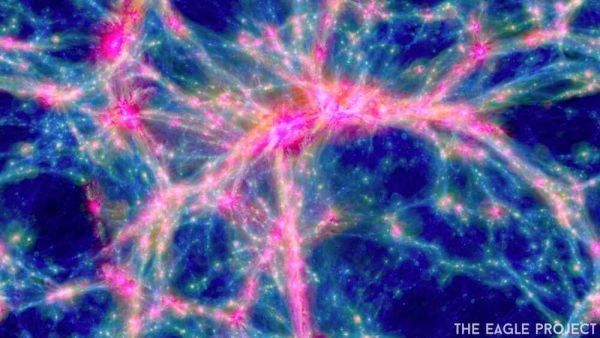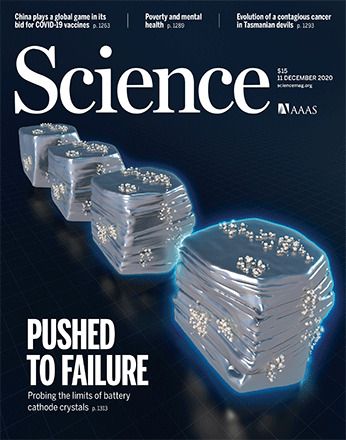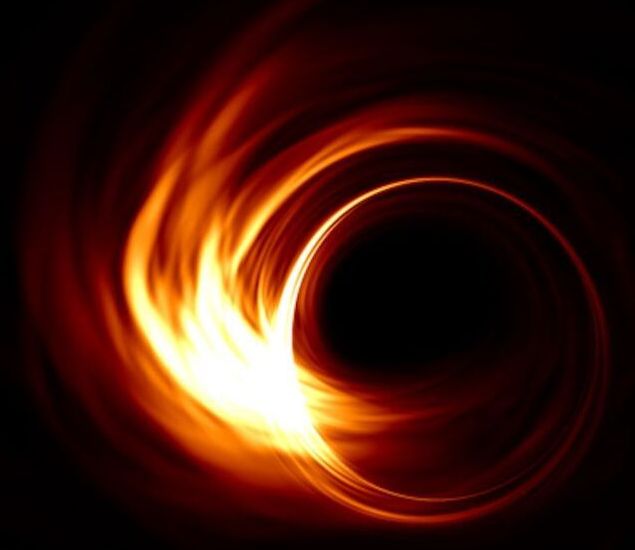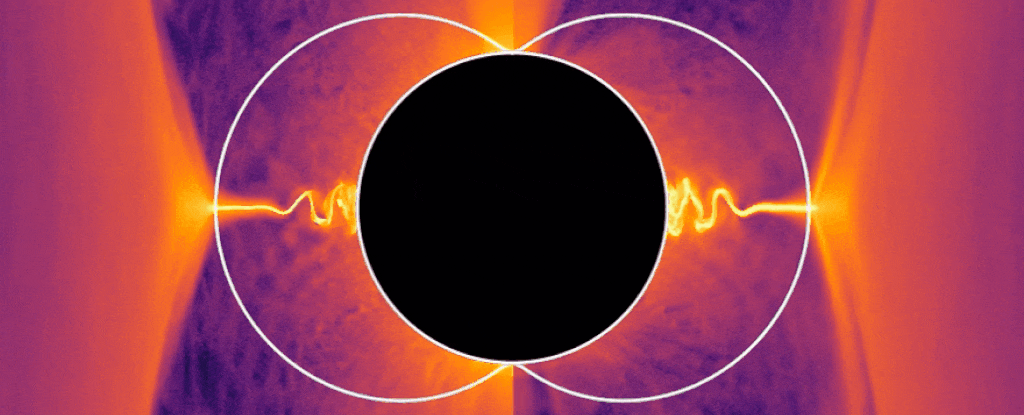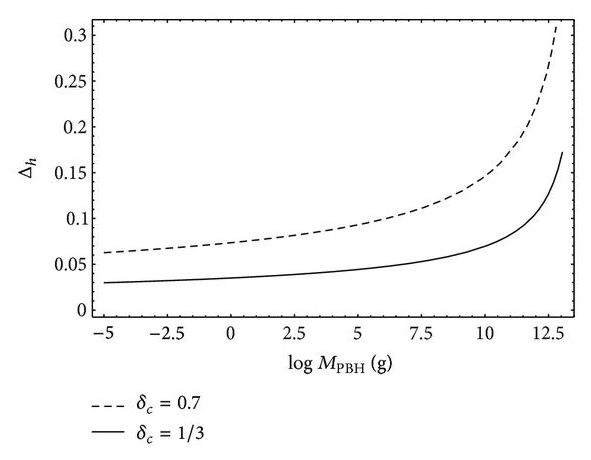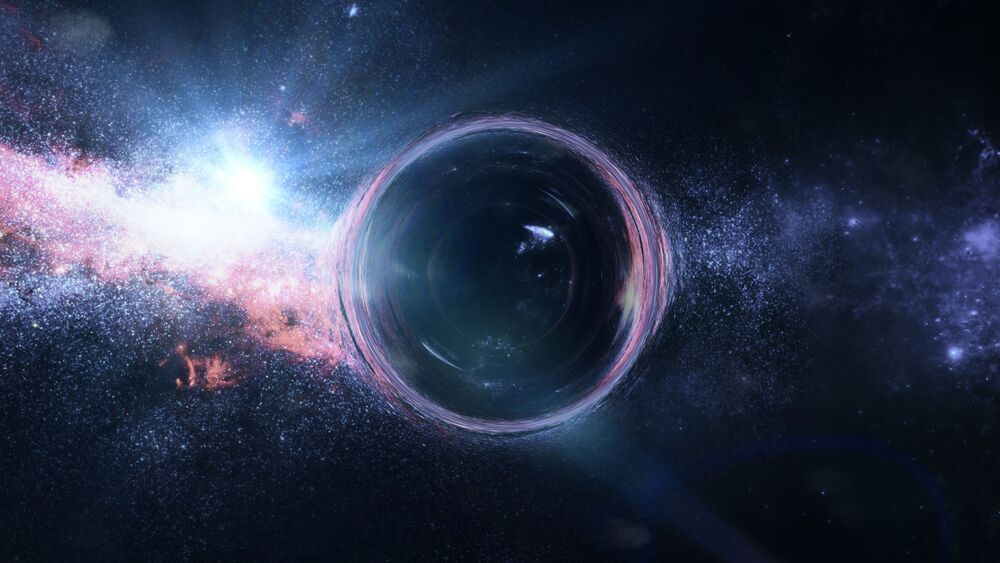Dec 19, 2020
New, More Precise Atomic Clock Could Help Detect Dark Matter and Study Gravity’s Effect on Time
Posted by Genevieve Klien in categories: cosmology, particle physics
The new atomic clock design, which uses entangled atoms, could help scientists detect dark matter and study gravity’s effect on time.
Atomic clocks are the most precise timekeepers in the world. These exquisite instruments use lasers to measure the vibrations of atoms, which oscillate at a constant frequency, like many microscopic pendulums swinging in sync. The best atomic clocks in the world keep time with such precision that, if they had been running since the beginning of the universe, they would only be off by about half a second today.
Still, they could be even more precise. If atomic clocks could more accurately measure atomic vibrations, they would be sensitive enough to detect phenomena such as dark matter and gravitational waves. With better atomic clocks, scientists could also start to answer some mind-bending questions, such as what effect gravity might have on the passage of time and whether time itself changes as the universe ages.


